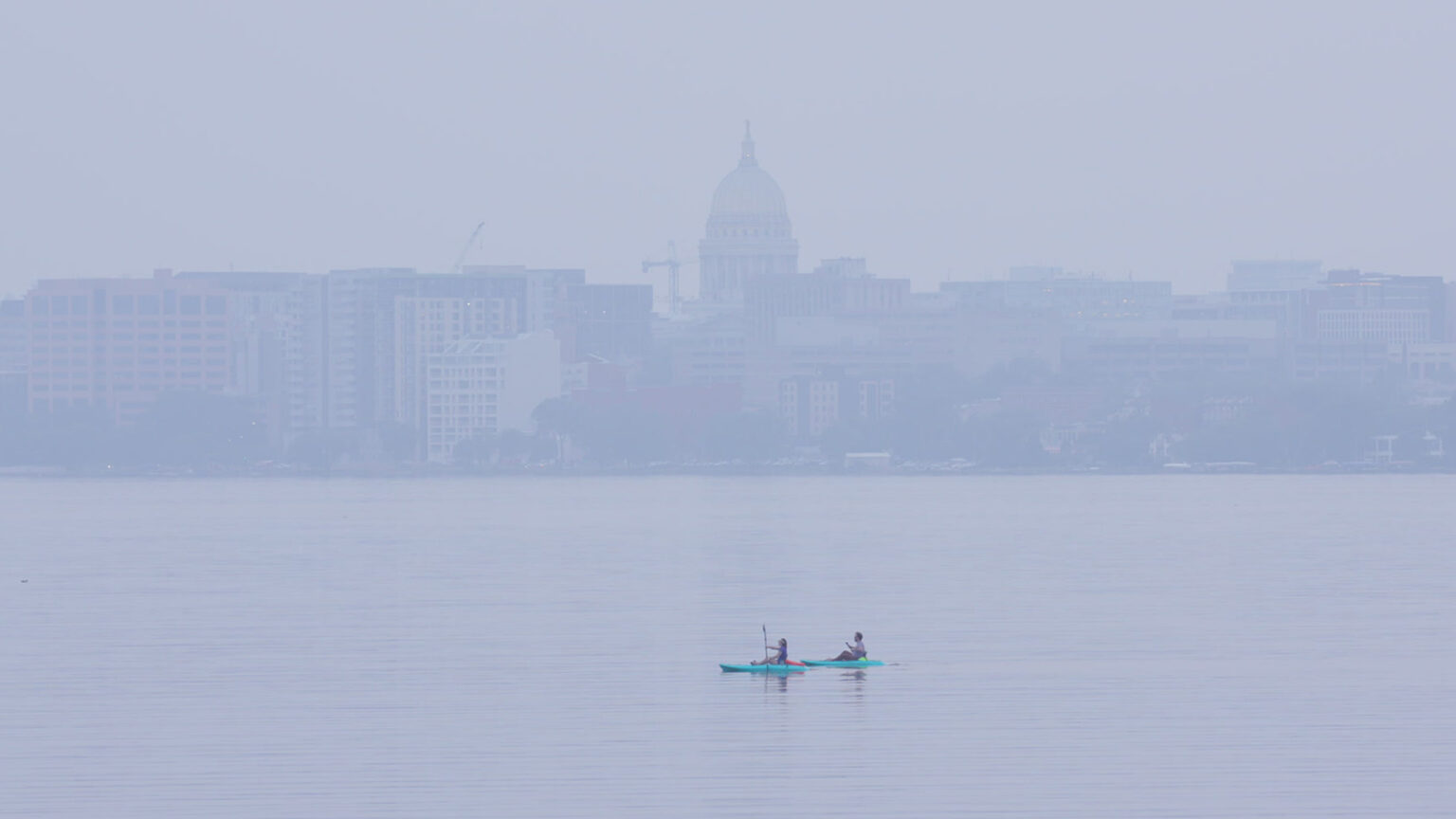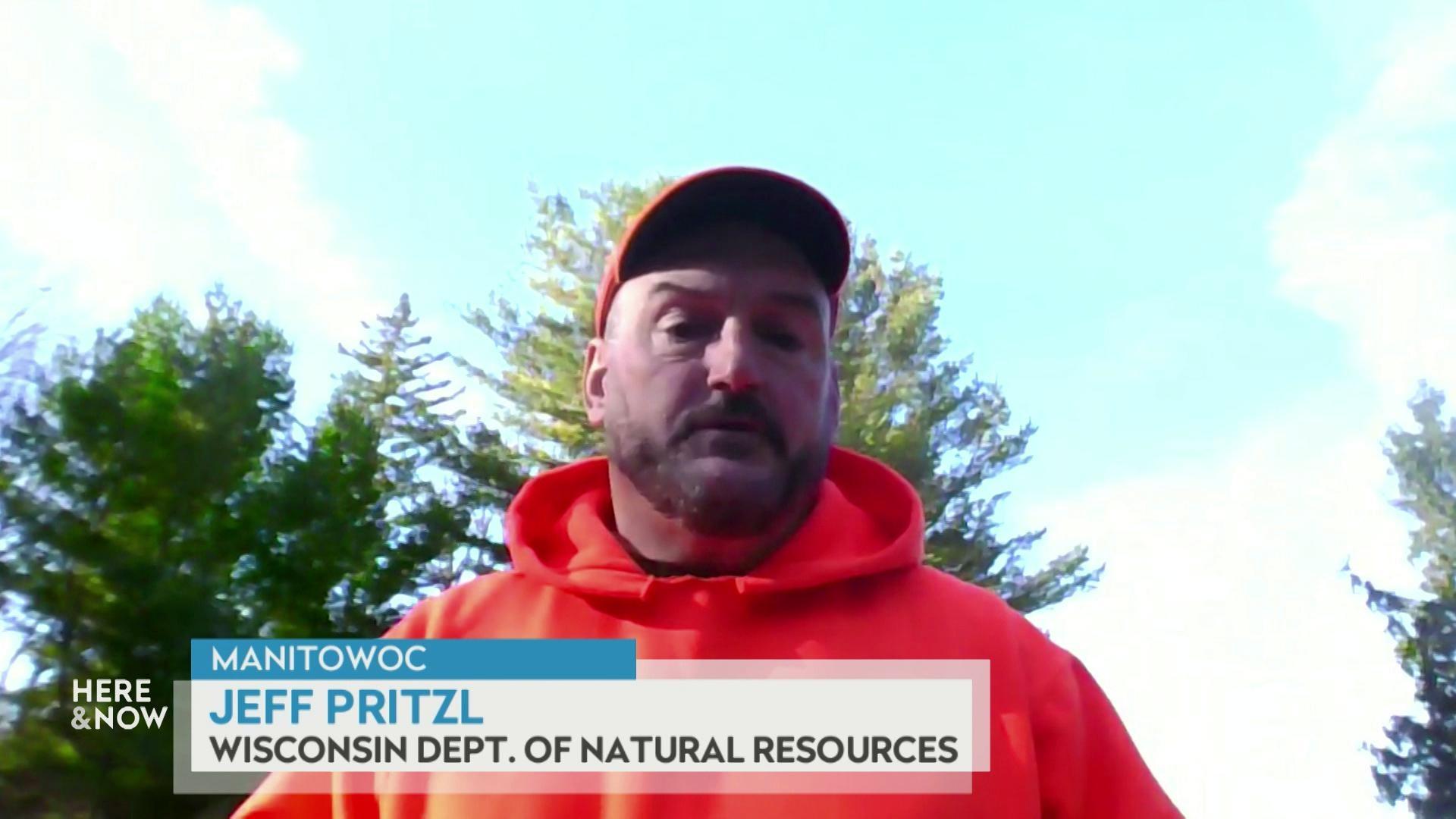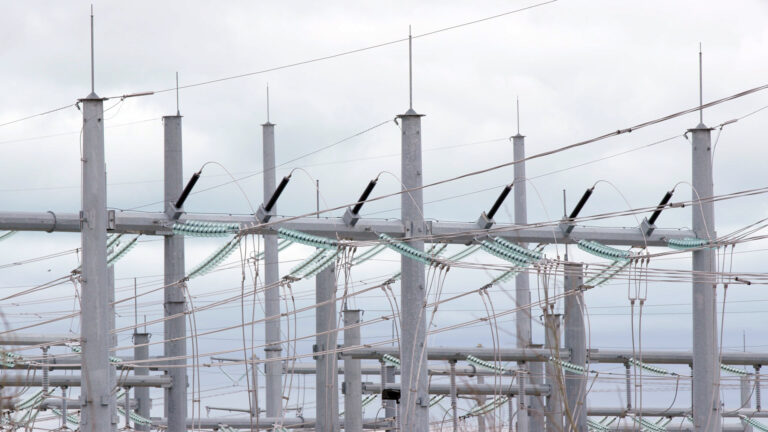Wildfire smoke from Canada blankets upper Midwest for a second straight year
Smoke from fires burning in British Columbia and Alberta had settled over parts of Montana, the Dakotas, Minnesota and Wisconsin, with the Wisconsin Department of Natural Resources issuing health advisories for multiple counties across the northern two-thirds of the state.
Associated Press
May 13, 2024

A smoky haze hangs over downtown Madison and Lake Monona on June 5, 2023. For a second consecutive year, smoke from Canadian wildfires has pushed air quality to unhealthy levels in parts of Wisconsin, with the state Department of Natural Resources issuing an advisory on May 12, 2024. (Credit: PBS Wisconsin)

MADISON, Wis. (AP) — Smoke from Canadian wildfires has prompted health warnings across the Upper Midwest and Montana for the second year in a row.
Fires raging in British Columbia and Alberta have filled the skies with haze over parts of Montana, the Dakotas, Minnesota and Wisconsin on May 12, lingering into the morning of May 13.
Unhealthy air pollution levels mean everyone in Minnesota should stay indoors and avoid heavy exertion outdoors, the Minnesota Pollution Control Agency said in its first statewide air quality alert of the season on May 12. Scheduled to end at noon on May 13, the advisory was extended until 11 p.m. for southern Minnesota including the Twin Cities metro area.
The Wisconsin Department of Natural Resources said the air quality was unhealthy for sensitive people in multiple counties across the state’s northern two-thirds on May 12. Set to end at noon on May 13, the advisories were kept in place until midnight.
Michigan’s Upper Peninsula was also under hazy skies on May 13. Some people reported the smell of smoke, said Joe Phillips, a National Weather Service meteorologist in Marquette, Michigan.
Prevailing winds could send the smoke south and east as far as Iowa and Chicago, leaving skies looking milky by late on May 14 or early May 15, said Rafal Ogorek, a meteorologist in the National Weather Service’s Chicago office. Most of the smoke was expected to linger over Minnesota, Wisconsin and northern Michigan, hanging between a mile and 2 miles above the ground.
A record number of wildfires in 2023 forced more than 235,000 people across Canada to evacuate and sent thick smoke into parts of the U.S., prompting hazy skies and health advisories in multiple U.S. cities.
There were 200 fires burning in Canada by mid-May in 2023, compared with 90 fires as of May 12, 2024, said Dave Phillips, senior climatologist at Environment and Climate Change Canada, a government environmental protection agency. A fire raging near Fort Nelson in British Columbia’s far northeastern corner has forced evacuations.
The chances of more wildfires this summer appear high. Lightning strikes could trigger fires that quickly spread in forests suffering intense drought in northeastern British Columbia, northwestern Alberta and the southern Northwest Territories, according the Canadian National Wildland Fire Situation report.
An analysis by World Weather Attribution, an initiative that aims to quickly evaluate the role of climate change in the aftermath of extreme weather events, found climate change more than doubled the chances of hot, dry weather that helped fuel the fire season.
Loretta Mickley, co-leader of Harvard University’s Atmospheric Chemistry Modeling Group, said her group did papers in 2013 and 2015 looking at fire activity and ecosystems with an eye toward the future. She said increasing fire activity is consistent with a warming climate.
Drought conditions look to be less severe in Ontario and Quebec in the coming months, but temperatures are expected to be higher than normal, and it’s difficult to predict if the moisture will cancel out the heat, she said.
“What will happen this summer? It depends on what the meteorology is like today and what happened over the winter,” she said. “In some regions a lot of rain in winter led to abundant vegetation. If that is followed by dryness or a drought then all that vegetation is ready to be burnt up and provide fuel to the fires.”
If Canada does see a repeat of the previous fire season, it’s far from clear if the U.S. will get haze on the scale of 2023. Fires in Quebec and Ontario produced most of the smoke that enveloped the eastern U.S. — but those regions rarely see such large fires. Instead of pushing the smoke east, the wind drove it south, covering the eastern quarter of the U.S. from the Mississippi River Valley to Manhattan with haze.
“It was an unfortunate, odd kind of weather pattern where you had winds encouraging that air to come south and then east,” said Phillips, of the Canadian environmental protection agency. “And it was just a shock to meteorologists, to the world and to everyone who had to endure it … I think it will be a fraction of a concern as it was last year.”
Associated Press writers Rick Callahan in Indianapolis, Rob Gillies in Toronto and Steve Karnowski in St. Paul, Minnesota, contributed to this report.
 Passport
Passport











Follow Us